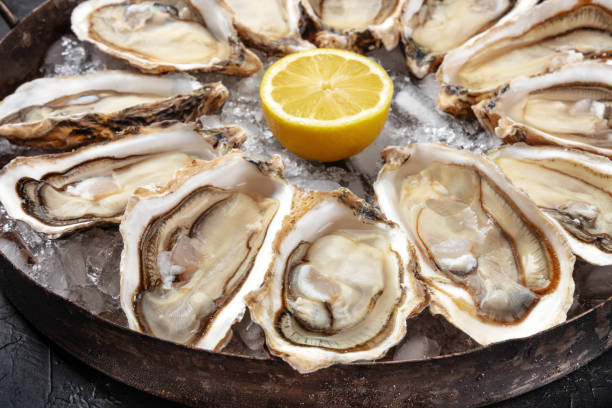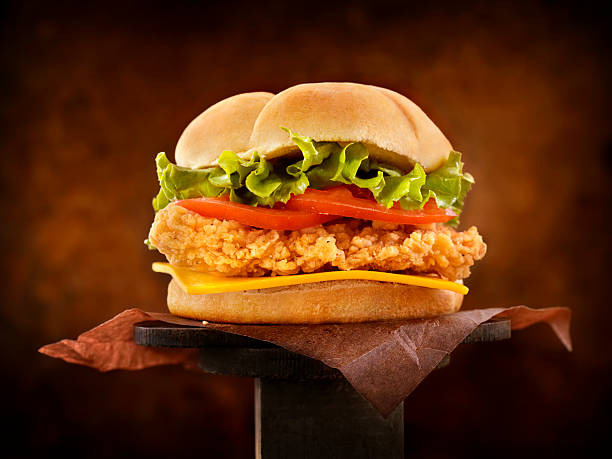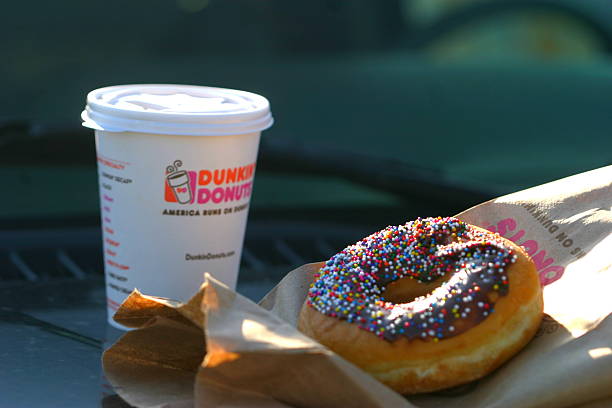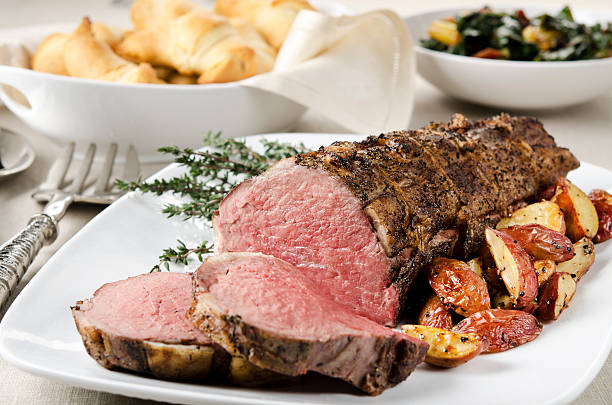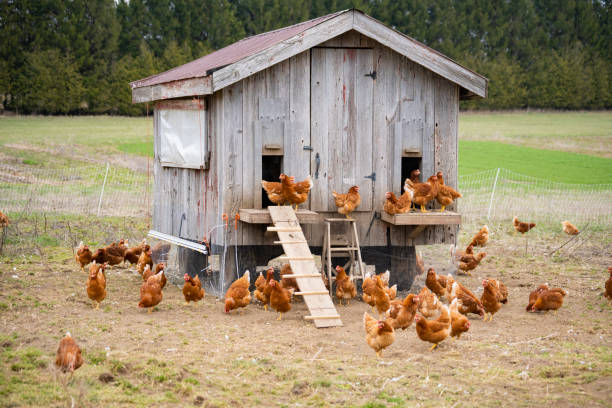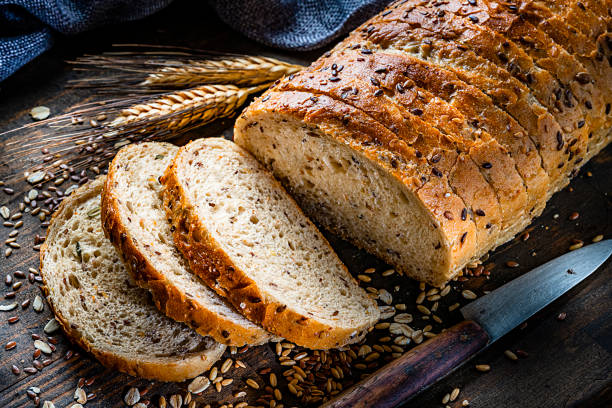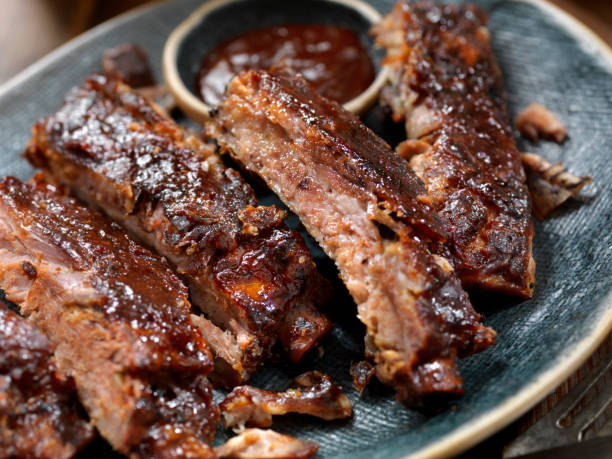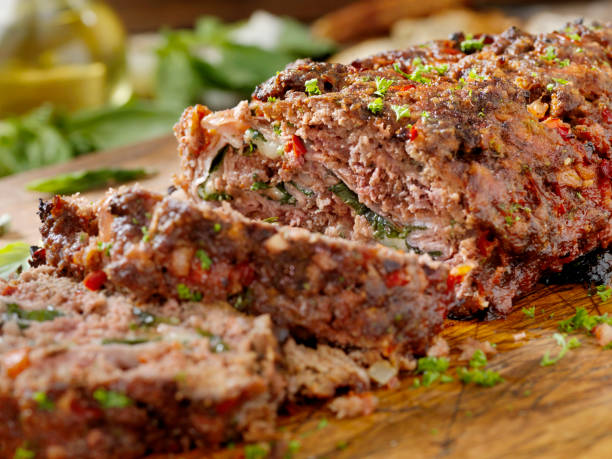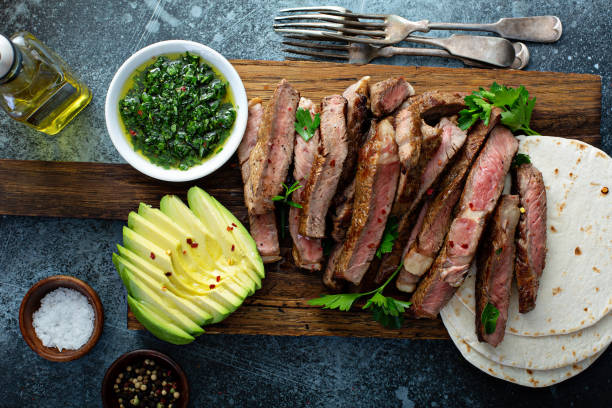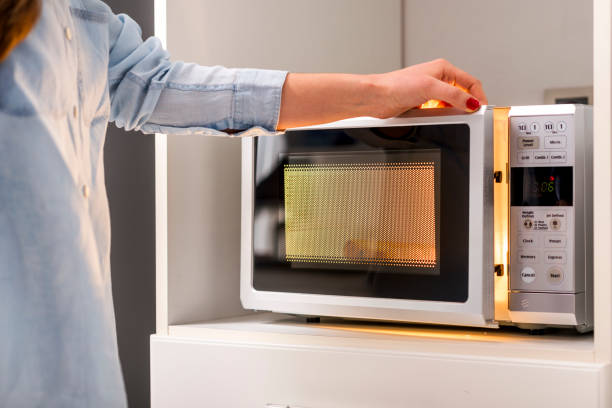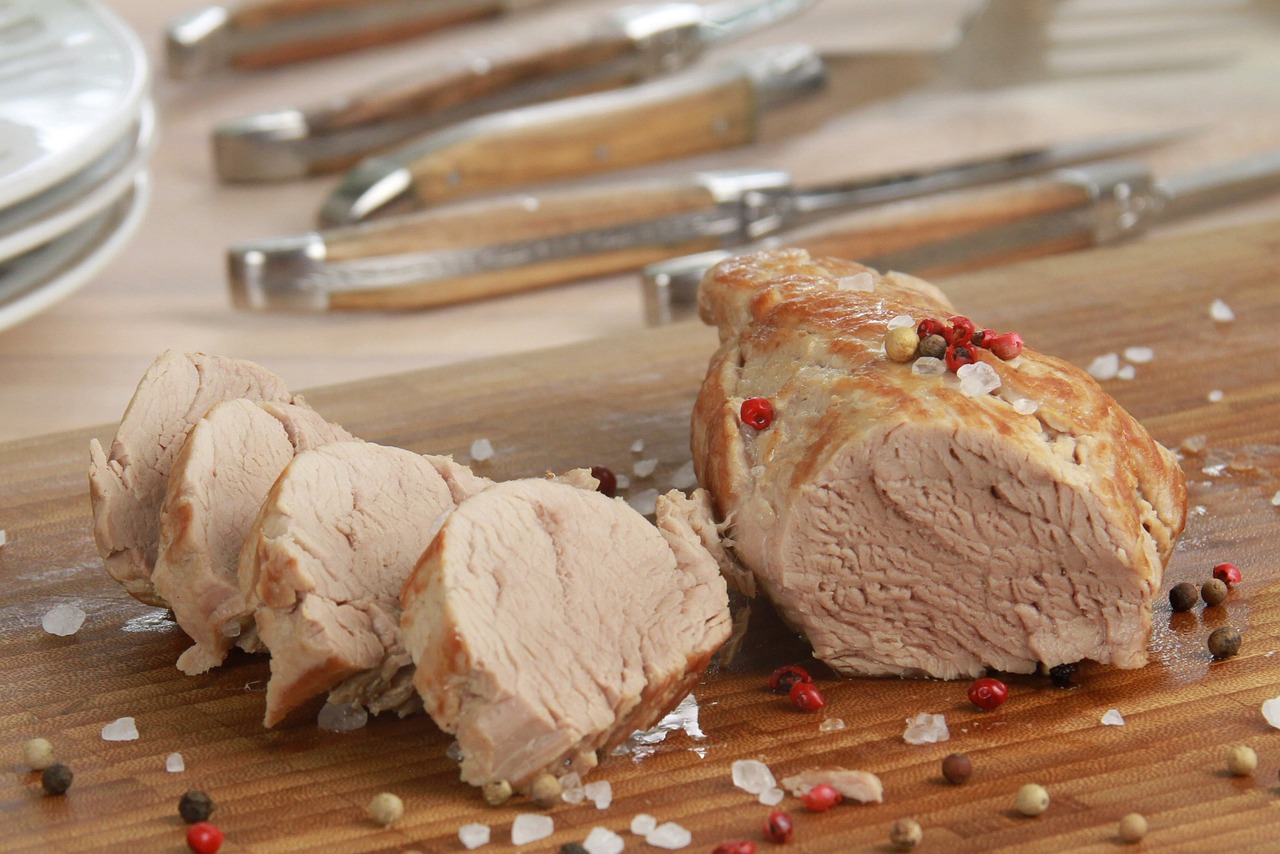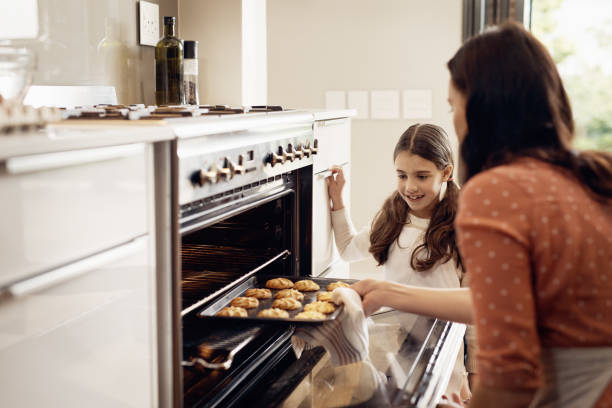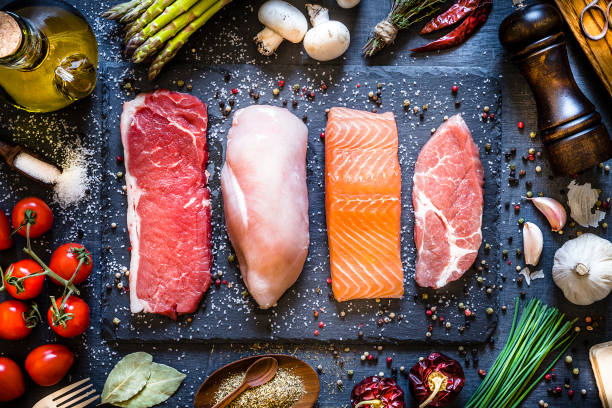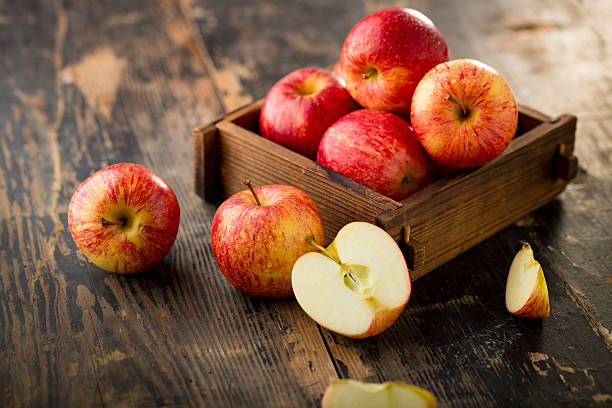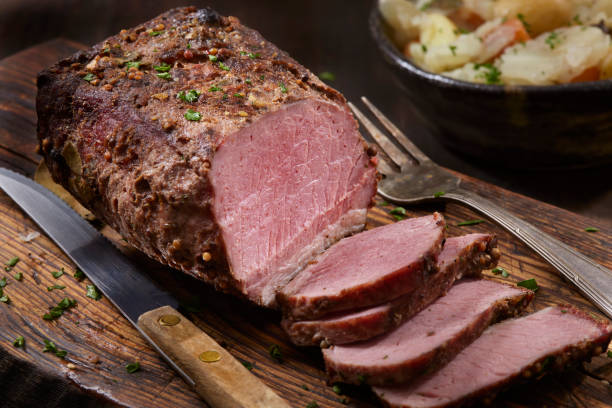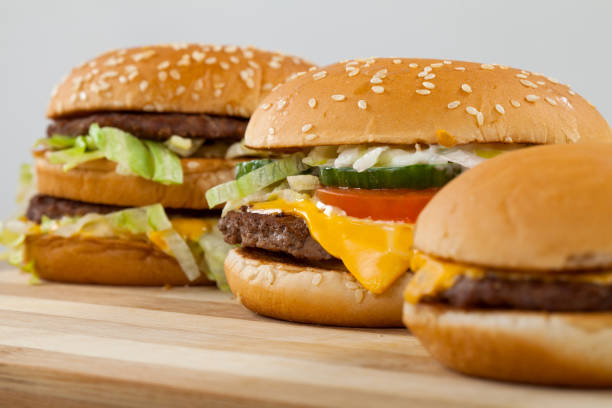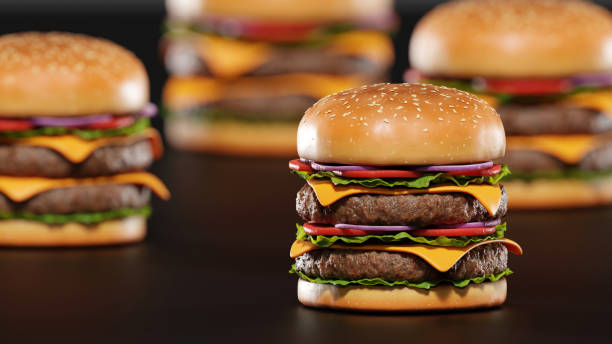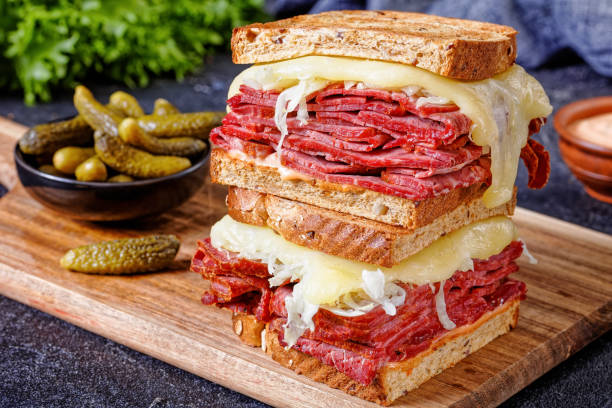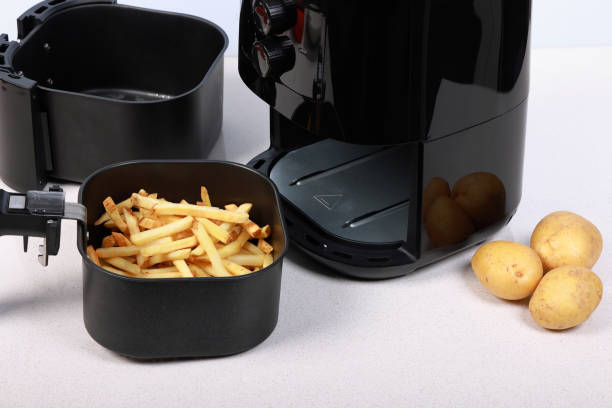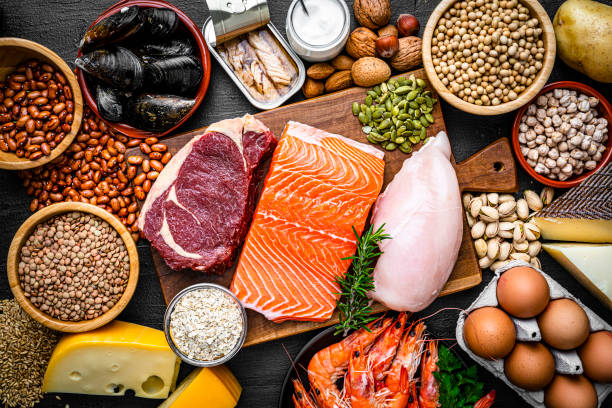Why Does Diet Matter After a Colonoscopy?
Your digestive system undergoes significant strain during a colonoscopy. The colon must be completely empty for the procedure, so you follow restrictive diets beforehand. The scope examination itself can irritate the intestinal lining.
That’s why it’s vital to “go easy” on your colon as it recovers. Following the right post-colonoscopy diet helps everything heal faster. It also minimizes unpleasant side effects like gas, bloating, and constipation. Proper nutrition aids the tissue repair process.
The ideal approach is to temporarily shift to foods that are:
- Soft and easy to digest
- Soothing and non-irritating
- Packed with nutrients
- Hydrating to ease constipation
This strategy helps restore digestive comfort and function. Continue reading our guide to learn which types of foods to focus on, as well as ones to avoid.
Focus on Soft, Liquid, and Cold Foods
In the days immediately following your colonoscopy, stick with foods that are soft, liquid, and cold. Avoid anything spicy, fried, fatty, or fibrous. Here’s a closer look at why this approach helps.
Soothing Soft and Liquid Foods
Soft and liquid foods put minimal strain on your colon as you recover. They’re easy to digest and leave no undigested particles behind that could irritate the intestinal lining. Soups, smoothies, yogurt, applesauce, and soft scrambled eggs are great options.
It’s fine to focus entirely on liquid foods like broths, juices, and protein shakes if that’s gentler for your system. Just pay attention to your continued hydration and nutrition needs. We’ll cover proper fluid intake shortly.
Cooling Down with Cold Foods
Cold foods have soothing properties that feel comforting. They can help reduce inflammation in irritated tissues. Cold also causes less gastrointestinal cramping compared to piping hot foods.
Prioritize chilled foods for the first 1-2 days after your procedure. Soft ice cream, popsicles, chilled soups, and cold fruit are good choices. Avoid extreme cold though, like ice water, which can cramp the intestinal muscles.
Choose Easily Digestible Foods
Look for foods that require minimal work for your digestive system to break down and absorb. Your colon needs less strain and irritation as it recovers.
Well-Cooked Fruits and Vegetables
Cook fruits and vegetables until very soft. Raw produce contains insoluble fiber that can be difficult to digest. Cooking softens the cell walls so your body can break ingredients down without exertion. Try boiled, steamed, or roasted vegetables without their skin or seeds. Soft cooked apples, pears, and canned peaches are less fibrous fruit options. Bananas also digest easily.
Refined Grains
Whole grains contain bran layers surrounding the endosperm. This insoluble fiber requires work for the body to break down. Choose refined grains like white bread or plain white pasta instead. Look for refined grain products made from enriched wheat flour, which has some B vitamins and iron added back during processing. This aids nutrition.
Tender Proteins
Meat can be hard to digest after a colonoscopy if it’s too fibrous. Choose options like creamy peanut butter, tender fish fillets, ground turkey, eggs, and dairy products. Some people tolerate soft, slow-cooked meats like braised chicken better than steak or pork. Take notice of your own reactions.
Limited Fiber Supplements
Fiber supplements like Metamucil, Benefiber, or Citrucel are common recommendations for constipation. But limit these immediately after your colonoscopy when things are irritated. Too much extra fiber can backfire and cause discomfort.
Recommended Post-Colonoscopy Foods
Focusing on soft, liquid, and easily digestible foods may sound restrictive. But there’s still a diverse range of delicious ingredients to choose from that fit the guidelines. Refer to the lists below for meal inspiration.
Dairy Products and Alternatives
- Creamy yogurt
- Cottage cheese
- Soymilk
- Soft cheeses like ricotta or goat cheese
- Milk- or yogurt-based smoothies
- Pudding made with milk or dairy alternatives
Grains
- White bread or bagels
- Saltine crackers
- White rice
- Plain pasta
- Hot cereals like cream of wheat or oatmeal
Proteins
- Soft, flaky fish like sole or tilapia
- Ground turkey or chicken
- Tofu
- Eggs (scrambled, poached, hard boiled)
- Creamy peanut or almond butter
- Tender beans like lentils or split peas
Fruits
- Bananas
- Applesauce or canned fruits
- Soft melon cubes
- Berries
- Citrus segments with membranes removed
- Pureed fruits or fruit smoothies
Vegetables
- Well-cooked carrots, spinach, tomatoes, zucchini, etc
- Mashed potatoes or sweet potatoes
- Pureed veggies like creamed spinach
- Vegetable juices without pulp
- Vegetable soups or broths
Hydrating Fluids
- Water
- Ice pops
- Fruit juices like apple, cranberry, grape
- Vegetable juices
- Coconut water
- Decaf tea
- Bone broth.
Foods to Avoid After Your Colonoscopy
While some foods promote healing, others can hinder your progress. Steer clear of anything spicy, fried, fatty, fibrous, or carbonated as your colon recovers. Alcohol and nicotine also irritate the tissues.
Refer to this list of foods to avoid in the 1-2 days after your colonoscopy:
- Spicy foods like chilis or curries
- Greasy, fried items
- Fatty red meats
- Tough fibrous meats
- Whole grains
- Brown rice
- Raw vegetables
- Dried fruits and vegetables
- Citrus fruits like oranges or grapefruits
- Prunes, figs, or coconut
- Nuts and seeds
- Fiber supplements like Metamucil
- Carbonated beverages
- Caffeine
- Alcoholic beverages
- Tobacco products
Reintroduce more variety gradually over several days as your digestive system heals. But continue avoiding any items that seem to cause discomfort. Keep reading for more on transitioning your diet.
Stay Hydrated After Your Procedure
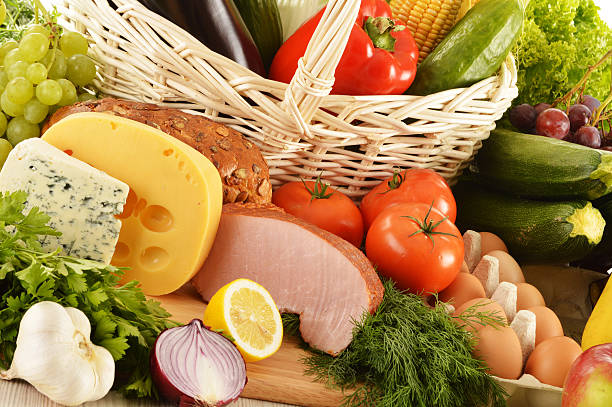
Stay Hydrated After Your Procedure
Hydration is crucial after a colonoscopy to ease constipation and digestive upset. Aim for 8-10 glasses of fluids daily. Water is best, but variety helps. Enjoy soothing drinks like herbal teas, broths, and diluted juices.
Some people experience temporary lactose intolerance after bowel procedures. Switch to lactose-free milk or dairy alternatives if regular milk upsets your stomach. Limit caffeinated and carbonated beverages, which can irritate the gut.
Pay attention to your urine color as a hydration gauge. Pale yellow to clear urine means you’re drinking enough fluids. Dark yellow, amber, or orange urine indicates dehydration. Increase your water intake if needed until your urine lightens.
Don’t hesitate to consult your doctor if constipation lasts more than 2-3 days despite hydration efforts. You may need a gentle laxative or stool softener temporarily to find relief.
Maintain Proper Nutrition
Eating a limited diet for a few days may raise nutrition concerns. But with planning, you can obtain sufficient calories, protein, vitamins, and minerals to support healing:
- Protein: Choose soft dairy products, eggs, yogurt, peanut butter, tender meats, and well-cooked beans regularly for protein needs. Protein aids tissue repair.
- Calories: Focus on soothing liquid foods and smaller frequent meals if your appetite is low initially. Liquids like smoothies and soup allow easy calorie intake.
- Vitamins and minerals: Fruits, veggies, enriched grains, proteins, and dairy provide essential micronutrients. Juices and smoothies pack produce benefits in gentle forms.
- Supplements: Ask your doctor about temporary supplements if your diet will exclude many foods for over a week. Multivitamins or individual iron, calcium, and vitamin D supplements may help fill nutrition gaps.
Don’t hesitate to consult a dietitian if you require specialized advice about post-colonoscopy nutrition. Individualized guidance can ensure you heal properly.
Sample Recipes and Meal Ideas
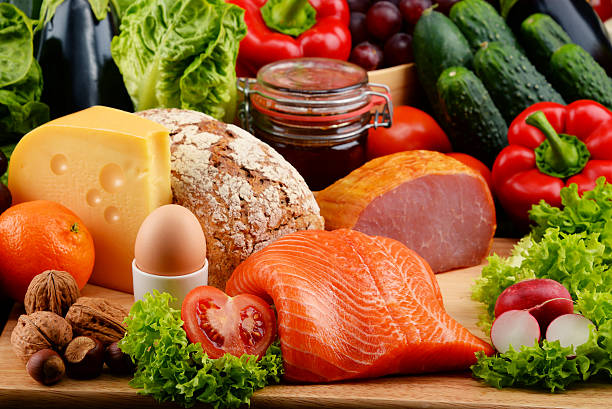
Sample Recipes and Meal Ideas
Wondering how to turn the dietary guidelines into easy, tasty meals? The recipes and suggestions below help take the guesswork out of eating after your colonoscopy:
Breakfast:
- Oatmeal with bananas and cinnamon
- Peanut butter toast with peeled apple slices
- Cottage cheese with soft or stewed fruits
- Vegetable omelet
Lunch/Dinner:
- Minestrone or lentil soup
- Tuna or egg salad sandwiches on white bread
- Baked white fish with mashed potatoes and steamed carrots
- Chicken and rice casserole with tender vegetables
- Pasta with olive oil, shrimp, and Parmesan
Snacks:
- Yogurt with berries
- Mashed avocado toast
- Banana smoothies
- Applesauce with cinnamon
- Vegetable juices
Hydration:
- Coconut water
- Herbal tea with honey
- Fruit juices diluted with water
- Bone broth sipped warm
- Sparkling water with lemon
Mix and match from these tasty ingredients for easy, soothing meals tailored to your post-colonoscopy needs. Get creative in the kitchen within the dietary guidelines.

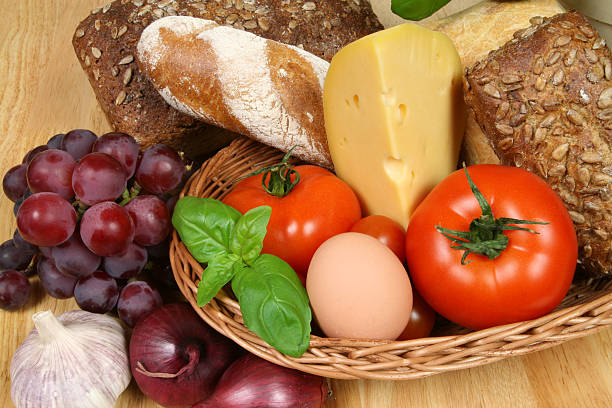
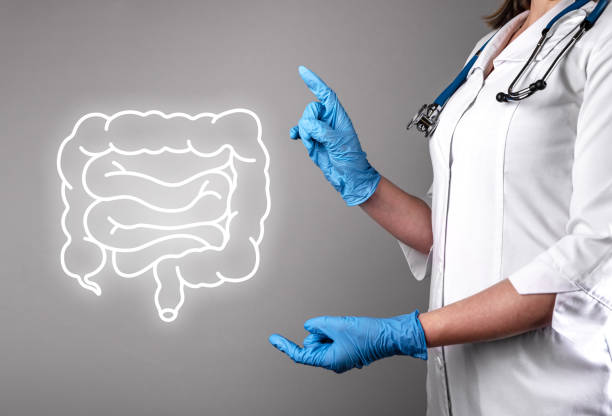
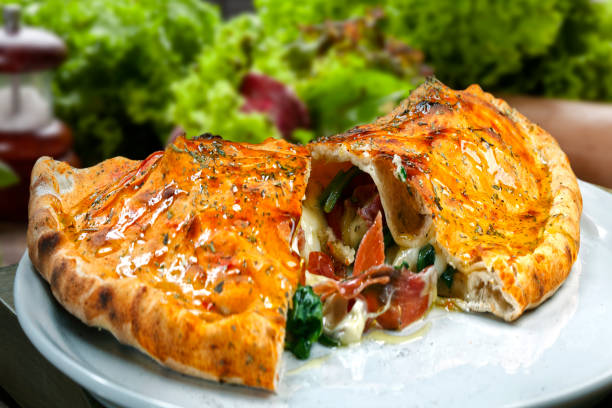
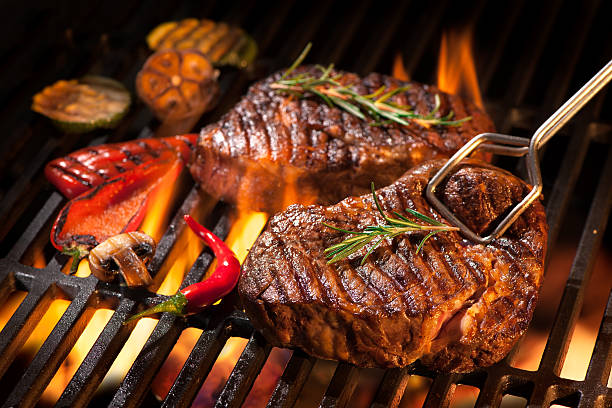
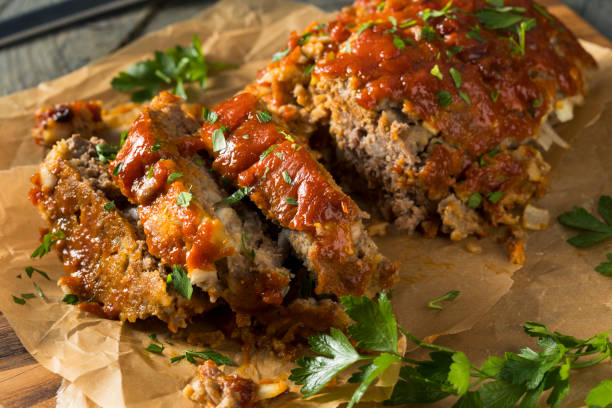
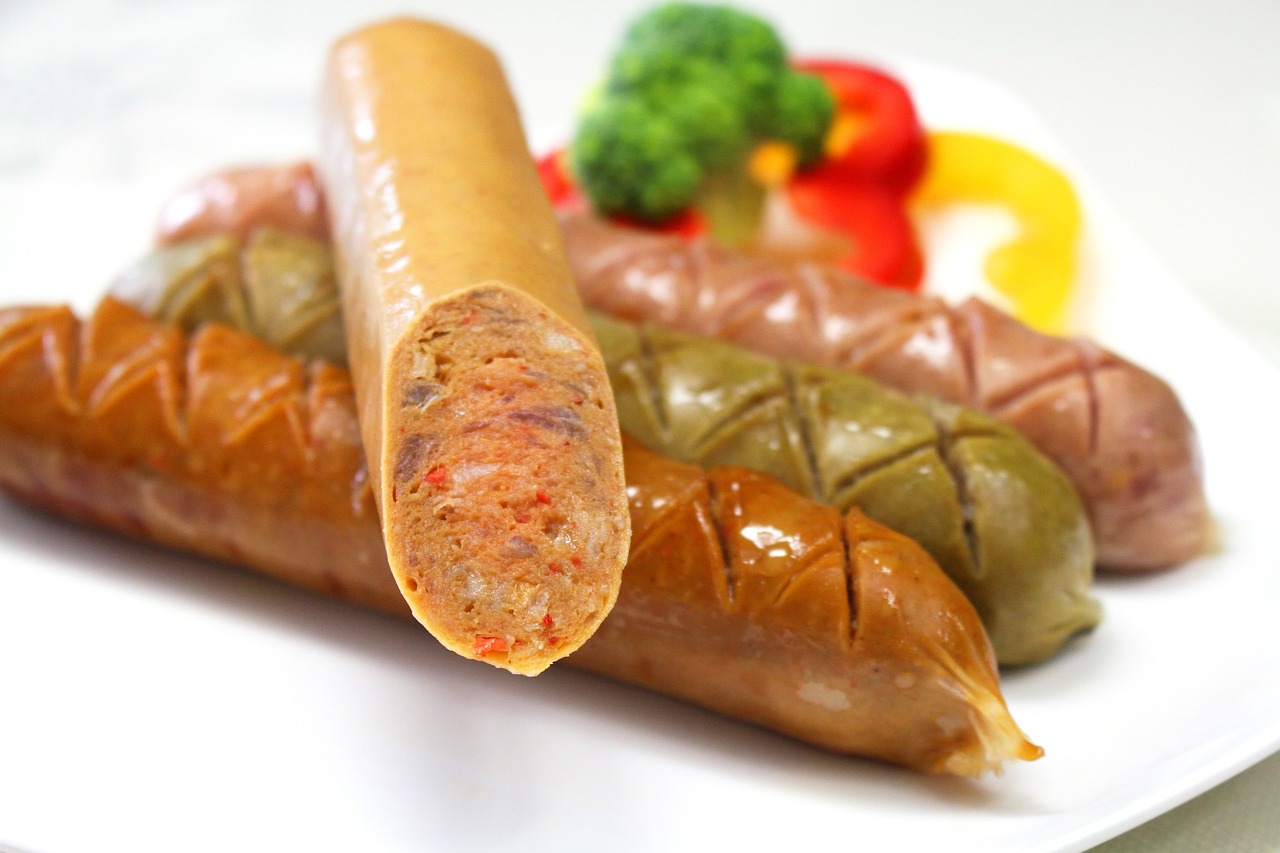
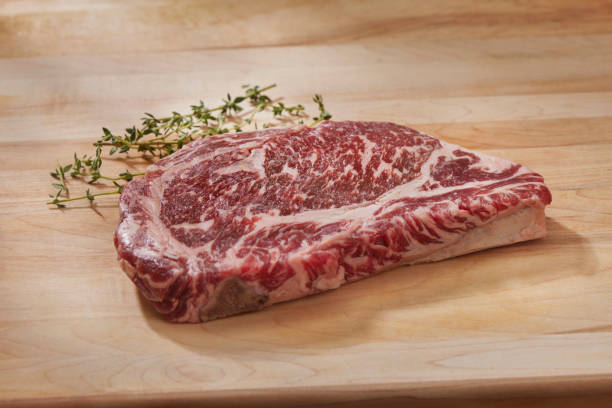
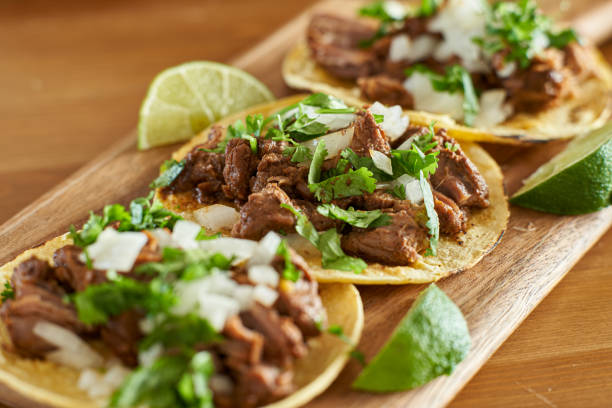
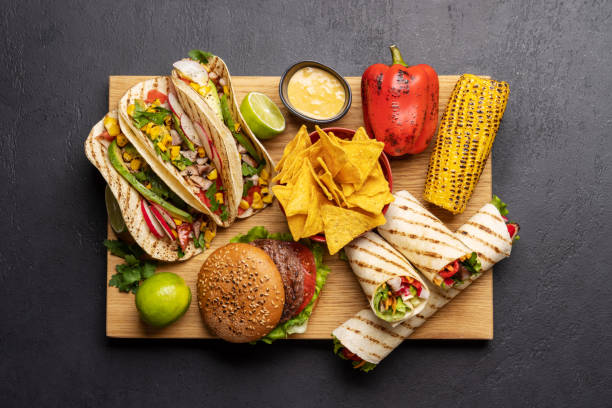
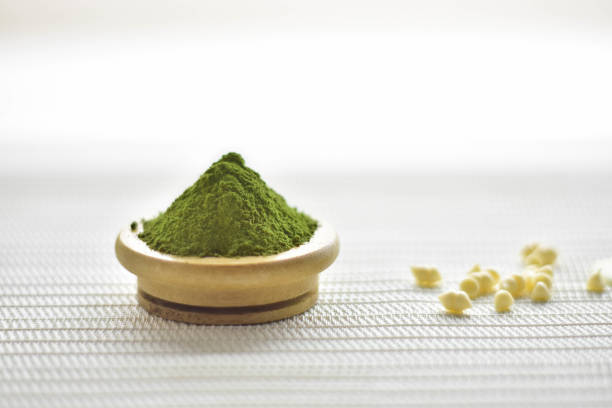
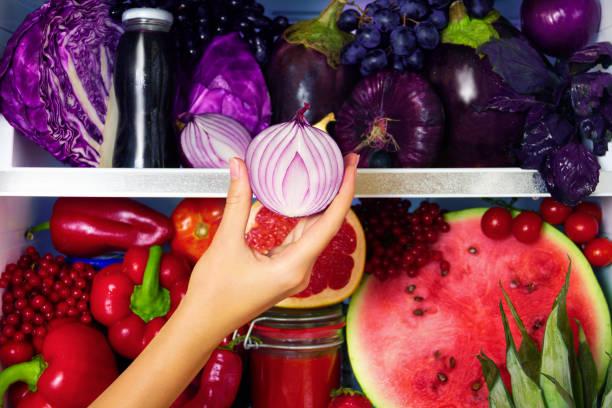

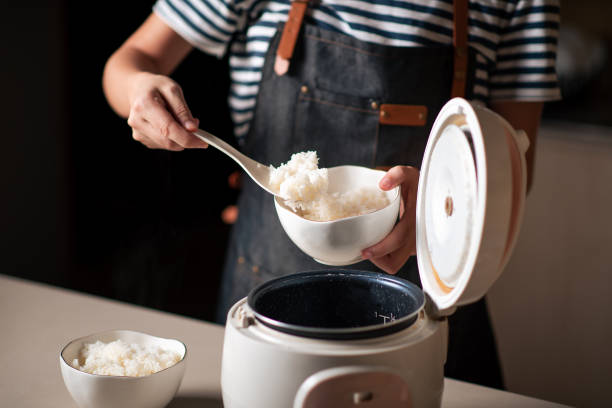
![America’s Best Wings Menu With Prices | Guides [Update 2023] America’s Best Wings Menu With Prices | Guides [Update 2023]](https://thesuntrapp.com/wp-content/uploads/2023/11/Screenshot-2023-11-16-020808.png)
